Description
Activated Carbon: A Powerful Tool for Crystal-Clear Marine Aquariums
Maintaining a healthy and thriving marine aquarium is a delicate balancing act. From proper salinity and temperature to effective waste removal, hobbyists must constantly monitor and adjust various parameters. One crucial tool in the aquarist’s arsenal is activated carbon, a powerful adsorbent that plays a significant role in achieving and maintaining pristine water quality.
What is Activated Carbon?
Activated carbon, also known as activated charcoal, is a highly porous material derived from carbonaceous sources like coconut shells, wood, or coal. These materials undergo a unique activation process (either steam activation or chemical activation) that significantly increases their surface area. This vast surface area, often exceeding 500 square meters per gram, provides countless sites for adsorption, the process where molecules adhere to the surface of the carbon.
How Does Activated Carbon Work in Marine Aquariums?
In a marine aquarium, activated carbon acts as a powerful chemical filter, removing a wide range of undesirable organic compounds and pollutants. Here’s a breakdown of its key benefits:
- Removal of Dissolved Organic Compounds (DOCs): DOCs accumulate from fish waste, decaying food, and other organic matter. High levels of DOCs can lead to poor water quality, fostering algae blooms, promoting bacterial growth, and even impacting the health of fish and invertebrates. Activated carbon effectively adsorbs these compounds, helping to maintain water clarity and prevent these issues.
- Elimination of Colorants and Tannins: Yellowing or browning of aquarium water is often caused by tannins leached from driftwood or other organic sources. Activated carbon efficiently removes these colorants, resulting in crystal-clear water and enhanced aesthetics.
- Removal of Medications and Chemicals: After treating your aquarium with medications, activated carbon can be used to remove residual drugs and chemicals from the water column, preventing unwanted side effects and ensuring a clean environment for your inhabitants.
- Ozone Filtration: If you utilize ozone in your aquarium system, activated carbon is crucial for removing excess ozone from the effluent water before it returns to the main tank. Ozone is highly reactive and can be harmful to marine life.
Choosing the Right Activated Carbon:
Not all activated carbon is created equal. Here are key factors to consider when selecting activated carbon for your marine aquarium:
- Source Material: Coconut shell-based activated carbon is generally considered superior due to its high purity, low ash content, and neutral pH impact.
- Particle Size: A larger particle size generally allows for better water flow and prevents clogging, while a smaller particle size offers a larger surface area. Finding the right balance depends on your specific filtration setup.
- Ash Content: Low ash content is crucial. High ash content can leach dissolved silicates into the water, potentially fueling unwanted diatom blooms.
- pH Impact: While most high-quality activated carbon has a minimal impact on pH, it’s essential to choose products specifically designed for marine aquariums to avoid unwanted fluctuations.
How to Use Activated Carbon Effectively:
- Location: Place activated carbon in a high-flow area of your sump or filter, allowing for maximum contact between the water and the carbon.
- Media Bag: Always use a fine mesh media bag to contain the activated carbon and prevent fine particles from entering your aquarium.
- Rinsing: Before use, rinse the activated carbon thoroughly to remove any dust or fine particles created during manufacturing.
- Replacement Schedule: Activated carbon’s adsorption capacity diminishes over time. Replace it regularly, typically every 2-4 weeks, depending on the bioload of your aquarium and the quality of the carbon.
- Avoid Regeneration: While some activated carbon can be “regenerated” through heating, this process is not recommended for aquarium use as it may release harmful chemicals and significantly reduce its effectiveness.
Conclusion:
Activated carbon is a valuable tool for any marine aquarist seeking to maintain a clean, healthy, and aesthetically pleasing aquarium environment. By selectively removing unwanted organic compounds and pollutants, it contributes to stable water parameters, reduced algae growth, and a thriving ecosystem for your fish and invertebrates. By understanding its function, selecting the right product, and utilizing it effectively, you can harness the power of activated carbon to achieve a truly remarkable marine aquarium.

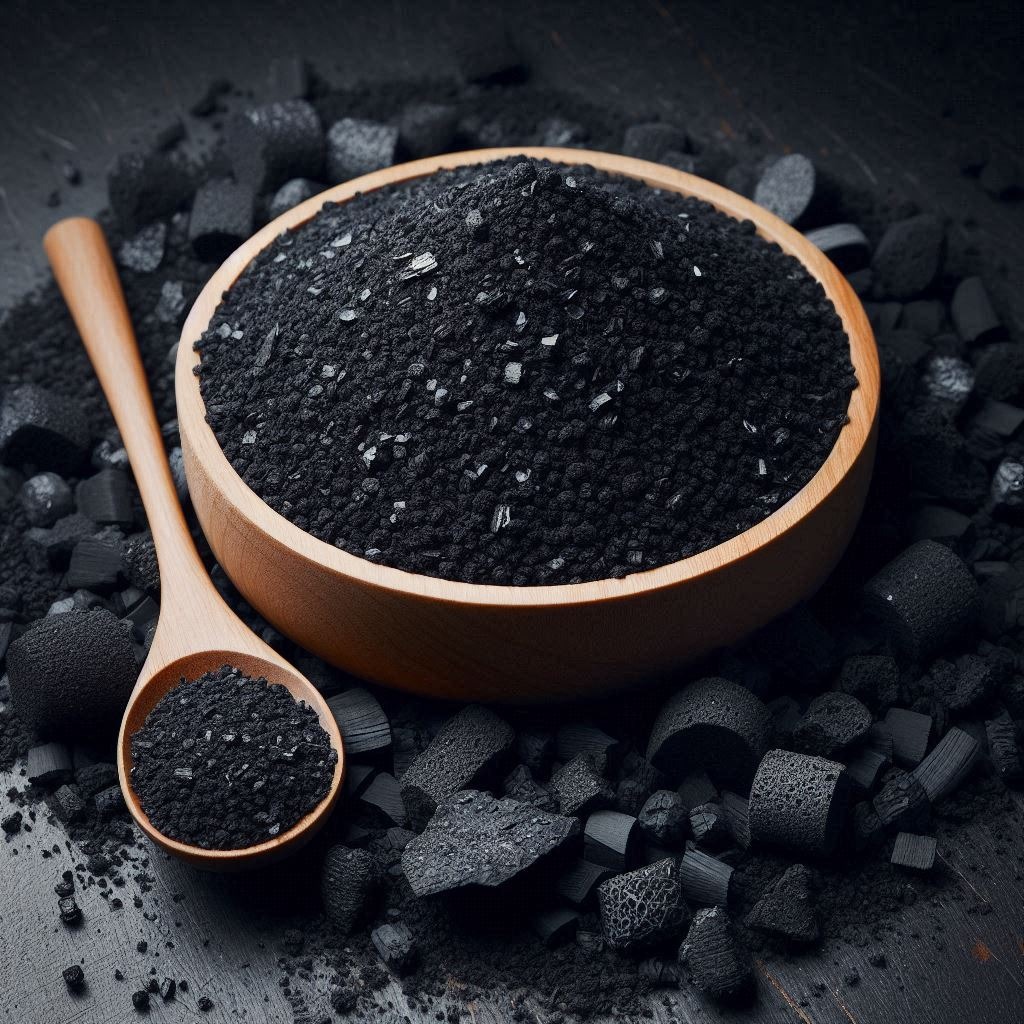
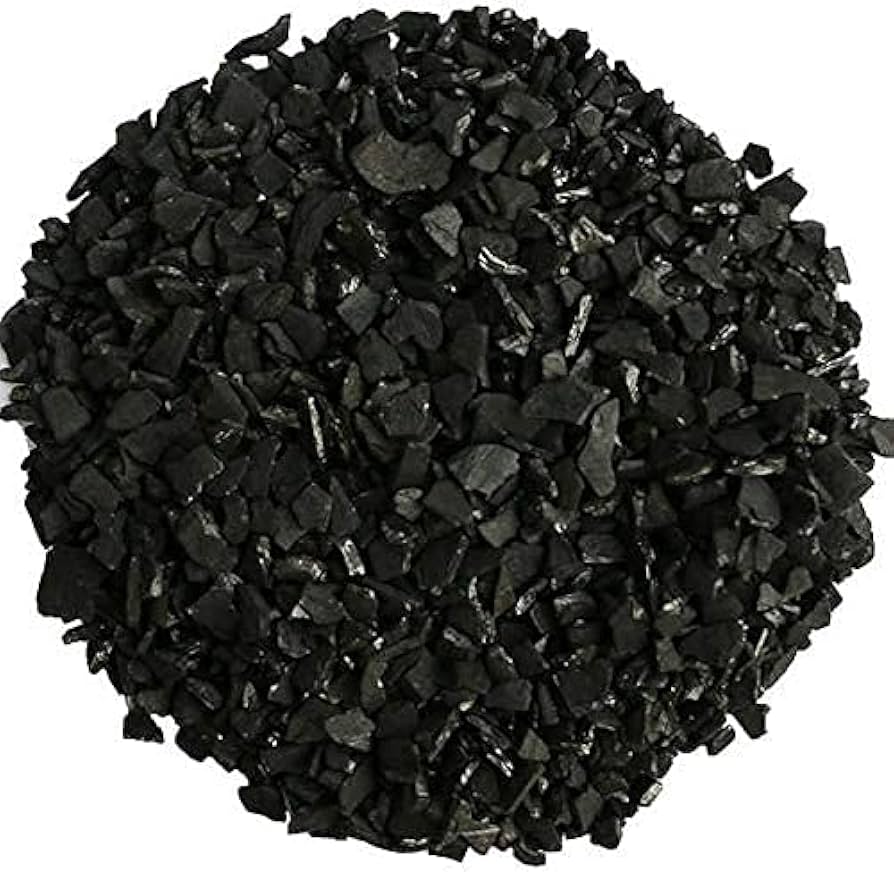
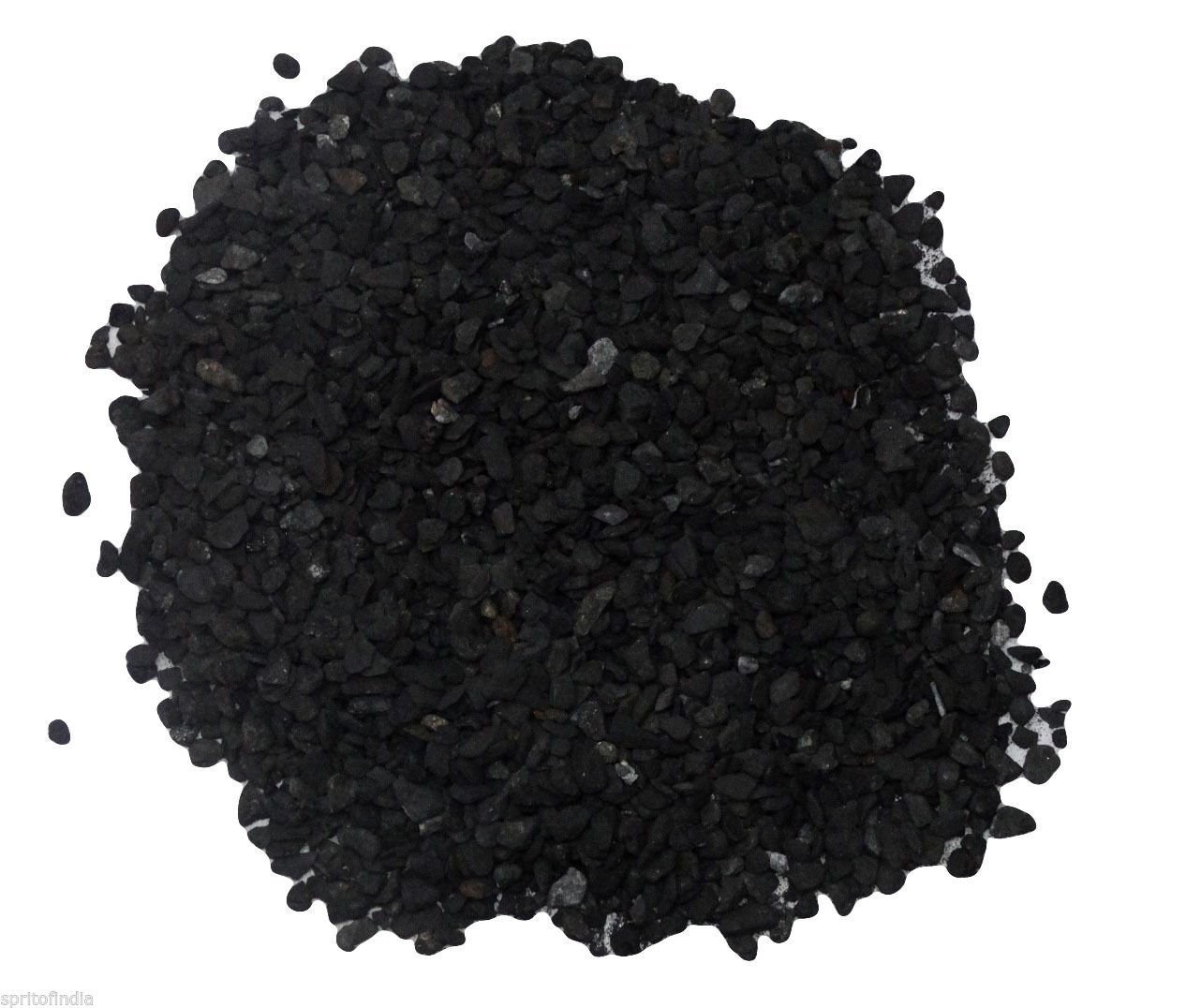
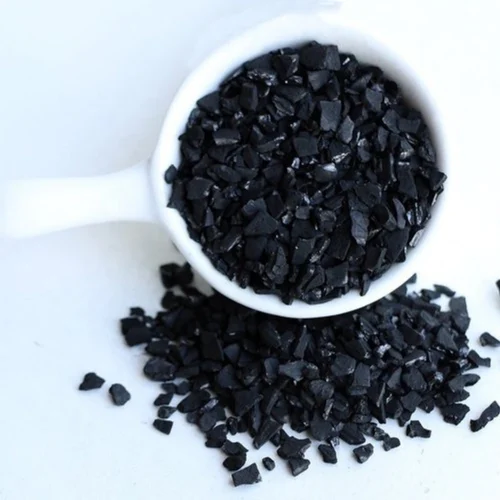
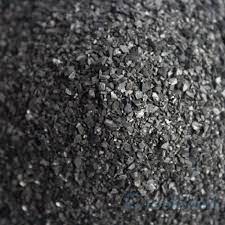
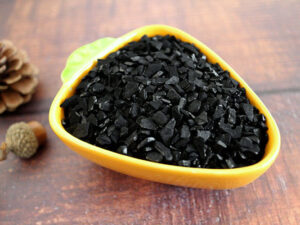



Reviews
There are no reviews yet.